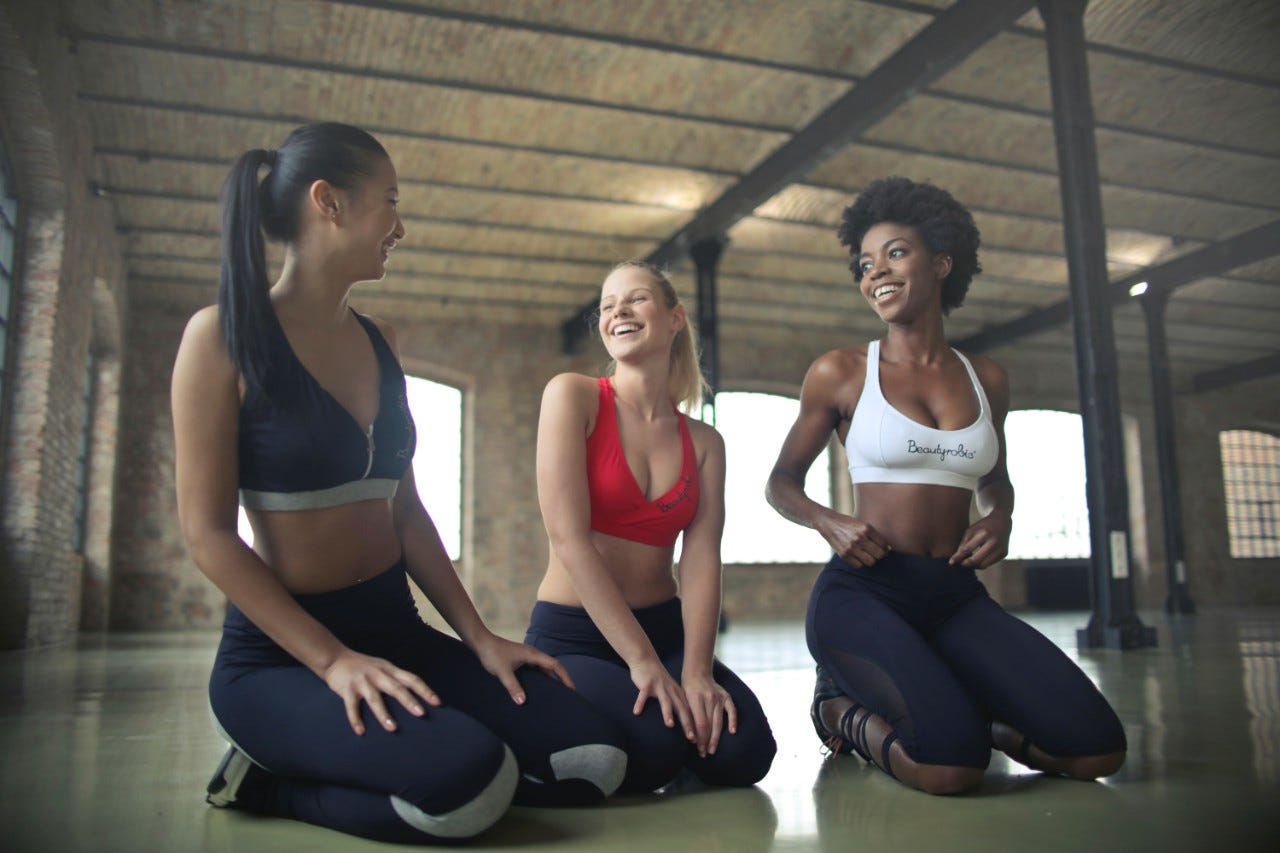That Rocky feeling: box yourself fit
How does fascial training work, who is it suitable for, and what can the foam roller be used for? Severin Eggenschwiler answers the most important questions.

Fascial training is the latest fitness trend aimed at training the connective tissue. How does it work?
Severin Eggenschwiler: This holistic training was developed by an international fascial research team headed by Dr Robert Schleip and is based on four principles:
- The most well-known of these is the self-massage of connective tissue using a foam roller. This primarily serves to loosen the connective tissue and encourage water uptake.
- The second principle is slow and dynamic stretching with multiple changes of angle.
- The third is the Ninja principle, which involves soft, springy movements, such as hopping and swinging the upper body rapidly upwards and downwards. These rather rapid movements help strengthen the fasciae.
- The fourth principle focuses on body awareness. It’s important to be aware of one’s body and focus intensely on its movements without the distraction of a television in the background. The same applies when massaging with a roller.
What does connective tissue do?
Connective tissue, or fasciae, comprises ligaments, tendons, connective tissue covering the muscles, subcutaneous connective tissue and joint capsules. In other words, all the tissue containing collagen. Collagen is a fibrous structure, a network that runs throughout the body and binds it together. The fasciae also transmit muscle power, communicate with the nervous system, act as a sensory organ and ensure optimum metabolic exchange.
Would you recommend self massage with a foam roller?
Definitely. Rollers are compact, easy to use and a great way to achieve healthy connective tissue. Anyone using a roller to massage the fasciae is doing their body good: it’s a little painful at first, but after a while you start to sense your muscles loosening and it feels pleasant.
“Anyone using a roller to massage the fasciae is doing their body good: it’s a little painful at first, but after a while you start to sense your muscles loosening and it feels pleasant.”
What should you bear in mind when using a foam roller?
There are two methods: fast and slow. Fast rolling is recommended for athletes as a warm-up before competitions. Everyone else should roll slowly and deliberately to achieve the best results. Slow means one centimetre per minute.
Are there risks involved?
Don’t arch your back when using a foam roller! If you’re affected by any of the following conditions, you should speak to a doctor first before starting fascial training:
- Varicose veins
- Osteoporosis
- Inflamed areas
- Hypercoagulability (resulting in regular use of blood thinners)
- Pregnancy
Which foam roller would you recommend?
A roller costs between CHF 40 -70. It’s important to choose the correct hardness. Someone with softer, more sensitive connective tissue will feel more comfortable with a softer foam roller.